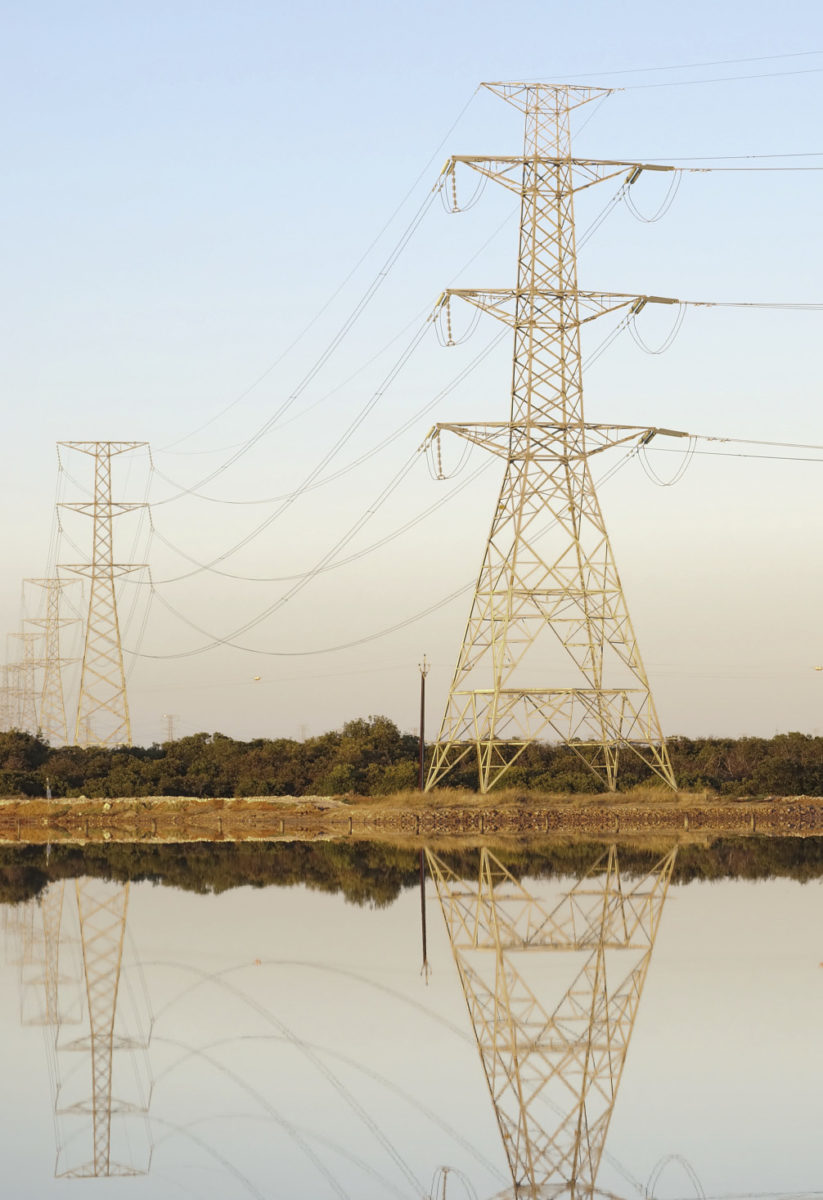From pv magazine USA.
Ernst & Young (EY) has released a report detailing first-half power and utilities deals which shows that despite a significant decline in transaction volume and value, caused by the Covid-19 pandemic, investment in renewables remained strong.
Across the Americas, energy deal activity sputtered significantly in the first half, with $8.3 billion of total investment across 62 deals. Deal volume declined particularly in the last quarter, to 15 deals, for a 68% quarter-on-quarter decline. Of the $8.3 billion invested, however, $3.5 billion – roughly 42% – was generated by renewables transactions. That figure is significant because, as EY strategy and transactions partner Miles Huq told pv magazine, renewable energy deals are typically lower in value than fossil fuel agreements – $3.5 billion would appear to represent continued investor confidence even in such exceptional times.
“Renewable energy is continuing to attract interest – we’ve seen that in the first half of 2020,” said Huq. “We’ve seen many stakeholders seeking to move away from fossil fuels. This push for renewables is driving investment not only from financial sponsors but from corporate investors, as well as oil and gas companies. The renewable transactions are smaller in size so that would be another reason you see the drop-off in deal size.”
In the United States, investments totaled $968 million in the first half, reaffirming the country as the investment hotspot of the Americas – and globally.
And, as reported extensively by pv magazine USA over the past month, most U.S. investments were made in battery storage – some $357 million in fact, followed by electric transportation, which accounted for $132 million of the first-half deals. The EY report predicted the annual volume of energy storage capacity expected in the U.S. will almost treble this year, rising from 523 MW last year to 1,452 MW. The report goes on to predict that figure will reach 3,646 MW next year.
As for some of the factors driving such rapid adoption, they come at federal and state levels. On the national stage, the U.S. Department of Energy announced the ‘Energy Storage Grand Challenge’ which aims to make the country a global leader and to have domestic manufacturing supply by 2030. Elsewhere, a federal appeals court upheld the Federal Energy Regulatory Commission’s Order 841, which clears the way for transmission grid operators to open markets to energy storage developers and aggregators rather than simply tendering for specific facilities.
EY’s Huq said the decline in deal value and volume seen in the first half could be partially attributed to 2020 being an election year, with all the investment uncertainty such votes bring.
“Another perfect example is tax rate,” added Huq. “What is the outcome of the election and how is that going to impact corporate tax rates, which have come down? If we have a turnover in the presidency and in the Senate, is there a likelihood that tax rates go up? That’s an important element because that’s after-tax cashflow that determines evaluation. That’s an important element that has led to a softening in the market.”
This content is protected by copyright and may not be reused. If you want to cooperate with us and would like to reuse some of our content, please contact: editors@pv-magazine.com.




2 comments
By submitting this form you agree to pv magazine using your data for the purposes of publishing your comment.
Your personal data will only be disclosed or otherwise transmitted to third parties for the purposes of spam filtering or if this is necessary for technical maintenance of the website. Any other transfer to third parties will not take place unless this is justified on the basis of applicable data protection regulations or if pv magazine is legally obliged to do so.
You may revoke this consent at any time with effect for the future, in which case your personal data will be deleted immediately. Otherwise, your data will be deleted if pv magazine has processed your request or the purpose of data storage is fulfilled.
Further information on data privacy can be found in our Data Protection Policy.